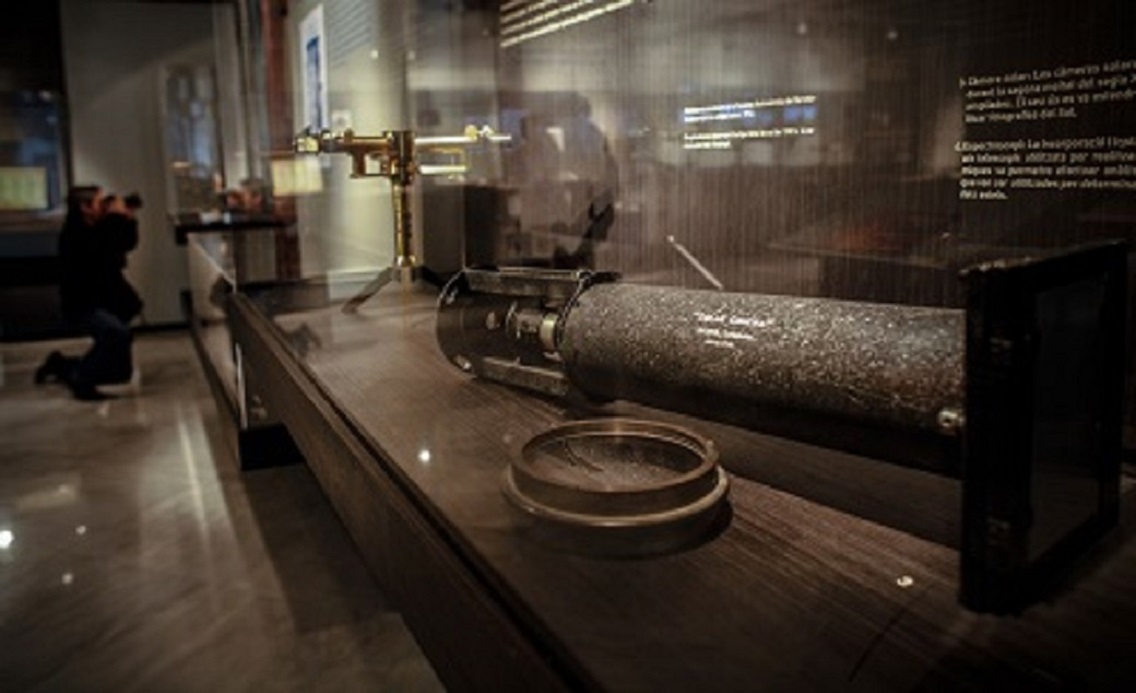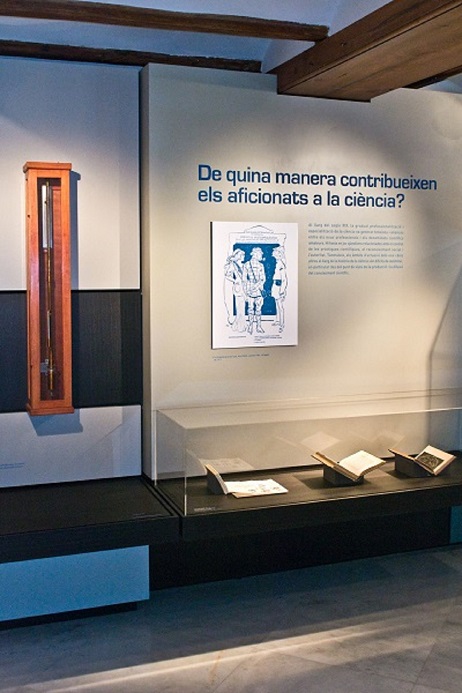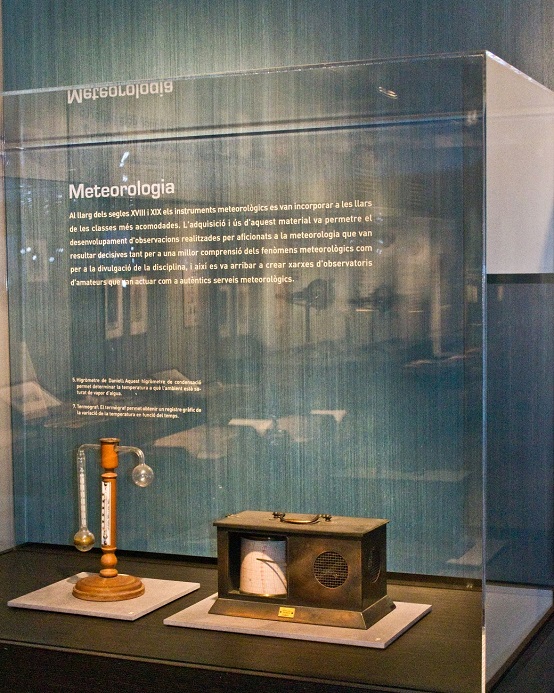How do fans contribute to science?
Throughout the nineteenth century, the gradual professionalization and specialization of science generated tensions and alliances between new professionals and so-called amateur scientists. Issues related to the control of scientific practices, social recognition and authority were at stake. However, the fields of action of one and the other throughout the history of science are difficult to delimit, particularly from the point of view of the production and dissemination of scientific knowledge.
Astronomy and astrophysics
Astrophysics developed during the second half of the nineteenth century outside the walls of universities, in private observatories that applied in an innovative way to celestial observation new techniques such as photography and spectroscopy. In most cases, they were astronomers who could take risks in experimental and speculative research about the physical and chemical nature of planets and stars.
Meteorology
Throughout the eighteenth and nineteenth centuries the meteorological instruments were incorporated to the homes of the more affluent classes. The acquisition and use of this material allowed the development of observations made by amateurs to the meteorology that were decisive so much for a better understanding of the meteorological phenomena as for the divulgation of the discipline, arriving at creating networks of observatories of amateurs that acted like authentic Meteorological services.












